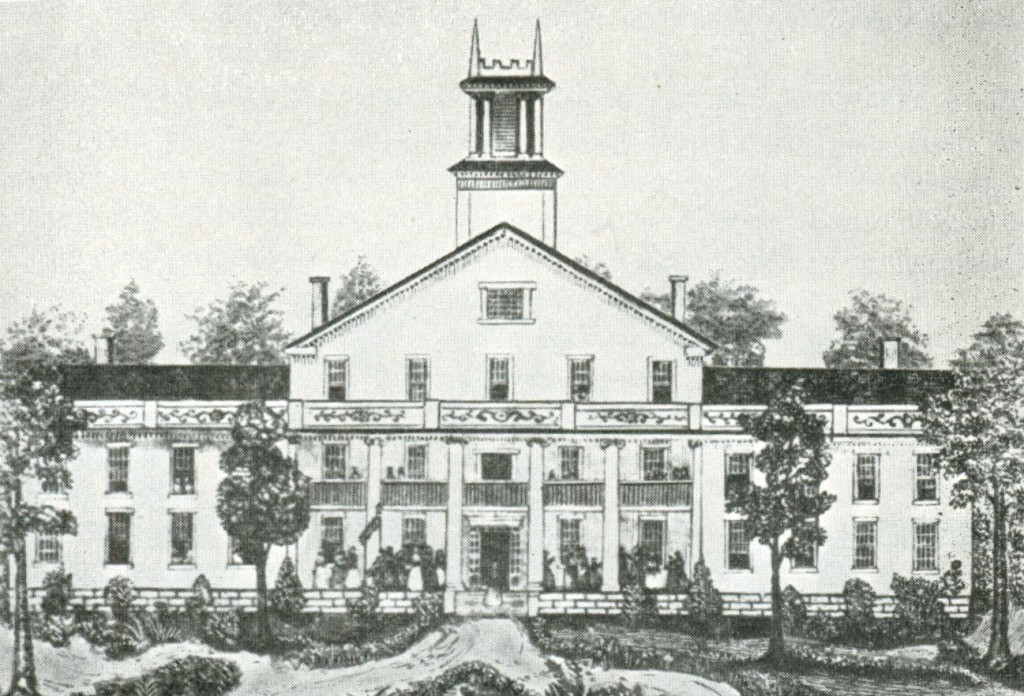Florence Nightingale (12 May 1820 – 13 August 1910)
Nightingale is the founder of modern nursing. She transformed nursing into a respectable profession and set the standards for clean, safe hospitals worldwide. Nightingale was also a writer and statistician. She is credited with inventing the pie chart, to dramatize the needless deaths caused by unsanitary conditions during the Crimean war.
Nightingale’s Calling
When Nightingale was 24 years old, she had a calling from God. She decided her calling was to help the sick and the poor by becoming a nurse. Nightingale came from a wealthy family and was not expected to work. It was especially unacceptable for her to work as a nurse because nursing was not a respectable profession at the time.
Nightingale went to the Institute of Deaconesses in Kaiserswerth, Germany, to learn about nursing. At this time, nurses learned through experience, not through training. She treated sick people, distributed medicine, and assisted during operations.
Crimean War
In 1854, England entered the Crimean War. Nightingale and a team of 38 nurses went to Crimea to help the wounded soldiers. The military hospitals were dirty and run down. Nightingale made sanitary improvements which helped bring the death rate down from 40% to 2%.
Nightingale was kind and gentle with the soldiers. She would talk with them and comfort them as she made her rounds. When Nightingale made her rounds at night, she carried a lamp with her to light her way and became known as “The Lady with the Lamp.”
Hospital Improvements
During Nightingale’s time, the hospitals were overcrowded, poorly run, and disease infested. They were doing more harm than good. She thought hospitals should help patients, not hurt them. This was a revolutionary idea at the time. Nightingale became an advocate for the improvement of care and conditions in the military and civilian hospitals in Britain.
One of her books, Notes on Hospitals, deals with the correlation of sanitary techniques to medical facilities. She believed hospitals needed better ventilation, more windows, improved drainage, and less cramped conditions. With Nightingale’s guidance, hospitals became clean and sanitary places where lives were saved, not lost. Nightingale also became an expert on designing hospitals. Foreign rulers sought her advice when building their hospitals. Soon, hospitals throughout the world were being built according to her ideas.
Nightingale Training School for Nurses
Nightingale thought nurses should learn through both experience and training. With a fund raised in tribute to her services during the war, she founded the Nightingale School and Home for Nurses at Saint Thomas’s Hospital in London (today known as the Florence Nightingale School of Nursing and Midwifery at King’s College London) in 1860. The opening of this school marked the beginning of professional nursing education. Prior to her reforms, nurses were largely untrained personnel whose job was considered a menial chore. Through Nightingale’s efforts, the stature of nursing improved dramatically with the establishment of high standards of education and important responsibilities. The mission of the school was to train nurses to work in hospitals, to work with the poor, and to teach. The nurses were called Nightingale Nurses.
Nursing becomes a Respectable Profession
Nightingale created high standards for the nursing profession. These standards helped transform nursing into the respectable profession it is today. Her book, Notes on Nursing, spells out the principles of nursing and served as the cornerstone of the curriculum at the Nightingale School. Nightingale’s writings continue to provide excellent resources for nurses and health care providers today.
The Medical Heritage Center holds several editions of Notes on Nursing.
More information about Florence Nightingale can be found online at the Florence Nightingale Museum website: http://www.florence-nightingale.co.uk/cms/





Recent Comments